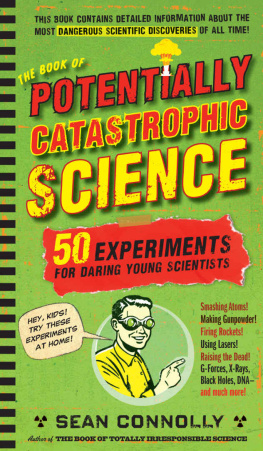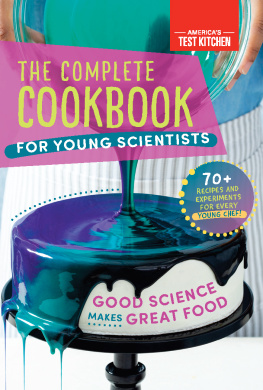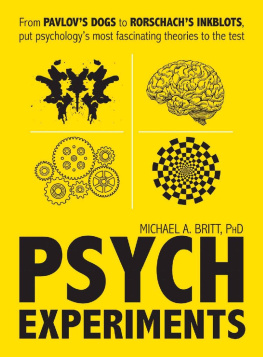
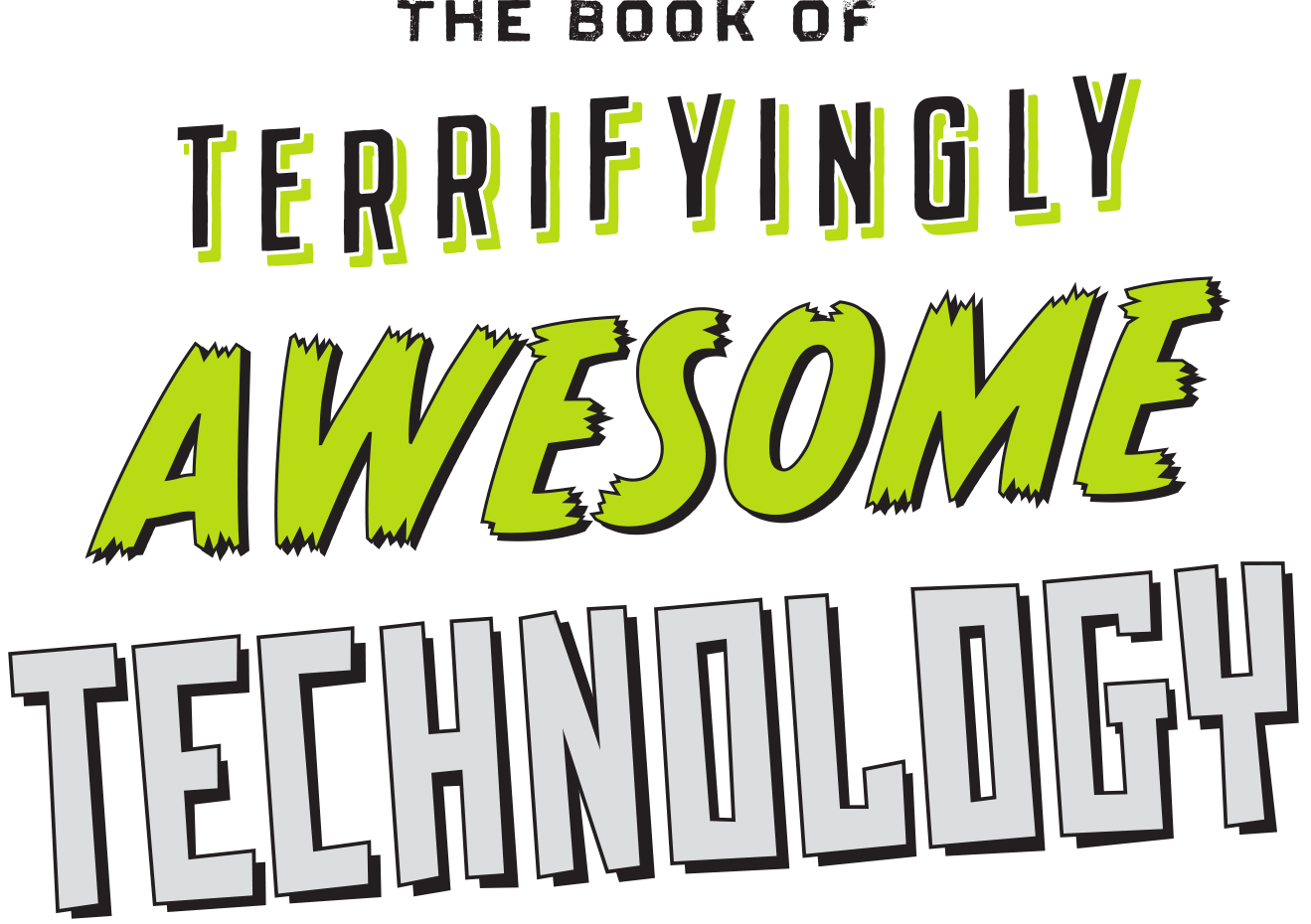
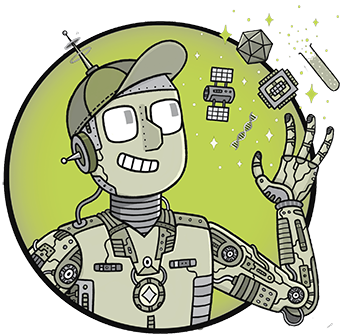
SEAN CONNOLLY
Workman Publishing New York
To the memory of my uncle, Patrick Connolly, and the team of linotype operators at the Cuneo Press of New England.
Those linotype operators were experts in a type of technology that has been replaced several times over, but they embodied some timeless values. Two of the most important are teamwork and professionalism. Their books, like mine, developed and blossomed thanks to diligence and attention to detail of a dedicated team.
Each member of my team deserves recognition for delivering this book to you. Their enthusiasm, patience, and dedication to excellence inspired me. My wife, Frederika, and family have been steadfast and supportive throughout. Members of my wider family include my agent, Jim Levine of the Levine Greenberg Rostan Literary Agency, illustrator Kristyna Baczynski, Workman editor and guru Danny Cooper, and the Workman team responsible for helping the words and images take shape on the pageproduction editor Beth Levy, production manager Julie Primavera, typesetter Annie ODonnell, designer Claire Torres, and photo researcher Angela Cherry.
The following individuals and organizations provided invaluable assistance and inspiration: the Bath Royal Literary and Scientific Institution, Berkshire Film & Video, the Boston Public Library, Frank Ciccotti, Rick Desira, Gregory Etter, Dr. Gary Hoffman, Dr. Peter Lydon, William Matthiesen, MITs Educational Studies Program, Peter Rielly, Jennifer Spohn, Elizabeth Stell, Williams College, and Woods Hole Oceanographic Institution.
Contents
Plant Speed Breeding
Experiment: Gardeners Green Thumbor Is It Yellow or Violet?
Solar Energy Beam
Experiment: Solar Party Time?
ROBOTS AND ANdROIDS
Experiment: Can You Beat That?!
MICROSATELLITES
Experiment: We Have Liftoff!
REUSABLE ROCKETS
Experiment: Instant Replay!
AUDIO SPOTLIGHTS
Experiment: Riding the Waves
Bonus Experiment: Keys to Success
Sound Disrupters
Experiment: Birthday Blast
Artificial Intelligence
Experiment: Thanks for the Memory
The World Wide Web
Experiment: Just Browsing
driverless Cars
Experiment: Going for a Spin
Virtual Reality
Experiment: Optical Illusion?
The ClouD
Experiment: Play Your Cards Right
The Internet of Things
Experiment: How Are Things?
Genome Technology
Experiment: Virus to the Rescue
GPS
Experiment: On the Right Track
Air-Conditioned Clothing
Experiment: Chill Out!
3-d Printing
Experiment: Hey, Cut It Out!
Smart Glasses
Experiment: Clear as a Bell?
HOLOGRAMS
Experiment: Homemade Hologram
Laser Surgery
Experiment: Preparing for Surgery?
DRONES
Experiment: Flight Testing
Test-Tube Meat
Experiment: Whats That Growing in My Kitchen?!
Harvesting Water from the Air
Experiment: Water Catchers
Electric Cars
Experiment: Taking the Battery Out for a Spin
Powered Exoskeletons
Experiment: Thanks for the Lift
Space Elevator
Experiment: Going Up?
INTRODUCTION
Youve probably come across the abbreviation STEM a lot at school. It stands for Science, Technology, Engineering, and Math, and schools around the countryand the worldare eager that we all learn more about those subjects. This book looks closely at the T of that abbreviation, finding out how its improving our lives... while somehow carrying a whiff of danger.
Heres a pretty standard definition of technology: science or knowledge put into practical use to solve problems or invent useful tools. Okay, hold up. Thats a pretty wide-ranging definition, and it means that the T of STEM probably ties in neatly with the S, E, and M. After all, a reusable rocket (see ) is a pretty cool form of modern technology. But designers must be up to speed with their science to know how that rocket can escape Earths gravity (going up) and not burn apart in the atmosphere (coming back down). It takes advanced engineering skills to build a rocket to these specifications. And to provide the calculations needed for those specifications? That sure sounds like a job for math!
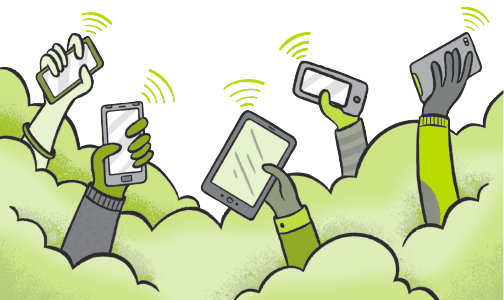
Back in Time
Its human nature, almost an instinct, to be curious, resourceful, and inventive. STEM might be a new term, but human beings have been using those four fields of science for thousandsand possibly millionsof years, whether they know it or not. Putting science or knowledge into practical use doesnt sound very exciting, but consider all of the thinking that led to the development of steam engines, the printing press, the bow and arrow, and even that all-purpose bit of technologythe wheel.

Sometimes, however, even inventions with the best intentions can go awry. Steam power lay behind the great advances of the Industrial Revolution in the 18th and 19th centuries: Just think of clothing factories, the earliest trains, and electrical generation. But steam could also power warships. Meanwhile, printing presses could spread hatred, and the bow and arrow could be used against human enemies as well as to hunt for food.
All of that is the background to this book. It explains and celebrates awesome technological ideas while keeping in mind how those ideas could go wrong or be twisted into something... terrifying.
What Youll Find
You dont need to look into the past to find terrifyingly awesome tech. Its all around you! And theres always more in the pipeline. The Book of Terrifyingly Awesome Technology examines these latest breakthroughs. It takes a good look at what makes them tick (hmm... does modern tech stuff even tick anymore?) before finding out how they might scare the heck out of us.
Each of the 26 chapters concerns a type of technology thats either very recent but already familiar, like the World Wide Web (see ).
How This Book Works
Each chapter presents information in an easy-to-follow format. An introduction sets the scene and gives you a taste of what the technologys all about. Youll get a hint of what makes this tech tick, as well as a few ideas about how it sneaked into a book with the word terrifying in its title.
Then theres a section on How Life Is Better because, after all, isnt that what new technology is all about? You might call this the nuts and bolts of the chapter: It gives you the real lowdown on how the technology works, how and why it was developed, and how the world is (or could be) a better place because of it.
The chapter then fills you in on Related Technology so you can see how it fits in with, or maybe improves on, stuff thats already in use. Youll see how even groundbreaking, cutting-edge technological ideas have links to earlier versions and other forms of tech. Youll see why GPS (see ), and many other modern technological marvels.
Then its time to think back to the title of the book and to see how the technology is Terrifyingly Awesome. Its fascinatingand possibly scaryto consider how bad guys can sometimes derail good ideas, or how those good ideas might have some pretty scary unexpected consequences. Cool illustrations, quick definitions, and neat panels run through all of these sections, helping you get a fuller idea of these fascinating, awe-inspiring technological breakthroughs.
Next page

